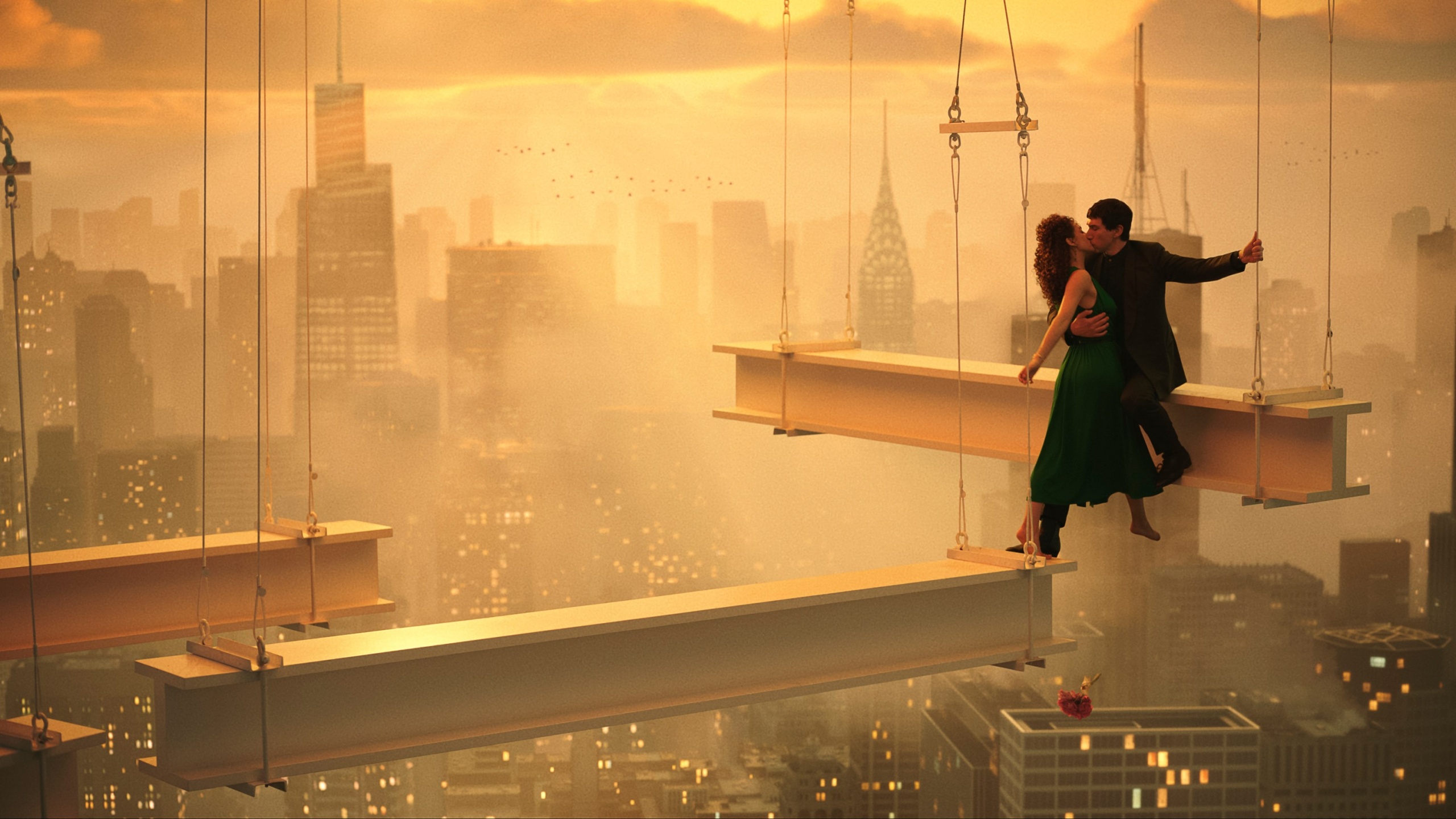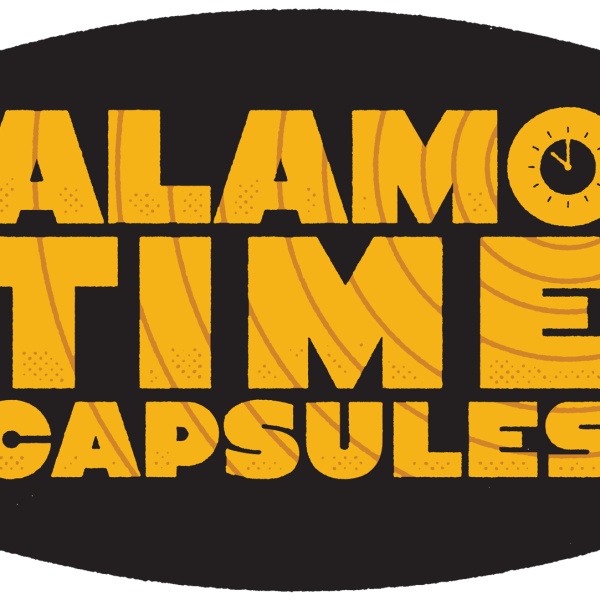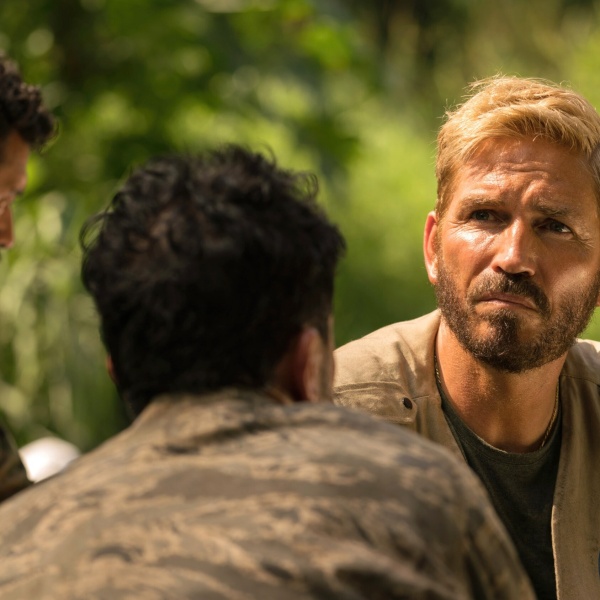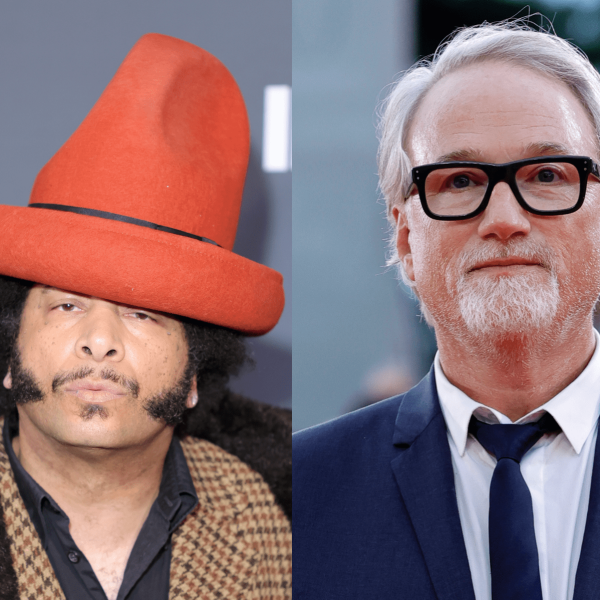In 2007, Mihai Malaimare Jr. was a 29-year-old cinematographer working in Romania when he got his filmmaking dream job: shooting “Youth Without Youth” for Francis Ford Coppola as Coppola returned to the director’s chair for the first time in 10 years. Coppola wanted to reinvent himself and was looking for a partner who wouldn’t be afraid of trying new things, and in Malaimare, he found a willing and eager co-conspirator. “Even when he had what I thought was a crazy idea, I thought, ‘Well, it’s Francis Coppola so I better try it,’” Malaimare told IndieWire. “Then you try it and realize how much better the scene looks.”
Malaimare became Coppola’s cinematographer of choice on the movies that followed: “Tetro,” “Twixt,” and now “Megalopolis,” all of them self-financed experiments with which Coppola has attempted to find his own unique style after over 60 years of filmmaking. On “Megalopolis,” Coppola’s boldest roll of the dice yet, the director often found himself at odds with collaborators committed to more conventional methods of production. “We were in a studio in Georgia where a lot of Marvel pictures are made, and Marvel movies are very scene-centric,” Coppola told IndieWire. “I didn’t want it to be scene-centric. I wanted it to be image-centric.”
While Coppola’s differences of opinion with his original art department led to that team leaving the movie, he knew he always had one partner he could depend on. “No matter what kinds of constraints I’m operating under, or what kinds of pressures I put on Mihai, he always comes up with beautiful images,” Coppola said. “You know you’re always going to love the result.” For Malaimare, “Megalopolis” is the logical extension of method he and Coppola developed on “Youth Without Youth.” “It’s a really interesting dynamic, because secretly I enjoy being pushed out of my comfort zone,” Malaimare said. “Sometimes I find myself waiting for it to happen and craving any crazy idea Francis can send my way, because it always produces interesting results.”
Coppola has famously been thinking about and talking about “Megalopolis” for decades, and it’s been a part of his discussions with Malaimare right from the beginning of their association. “The idea with ‘Youth Without Youth’ was to use what were then new digital cameras,” Malaimare said. Among the cameras Malaimare was considered was the Sony F900, which Ron Fricke had used to shoot second-unit footage of New York for an abandoned early incarnation of “Megalopolis.” “Fricke shot hours and hours of establishing shots and second unit, and I remember watching that footage to see what the F900 could do visually. Even though it was for a different project, I was becoming familiar with ‘Megalopolis’ and Francis’ concepts for it.”

Over the years as they worked on other films, Coppola would mention “Megalopolis” or share sketches and references for it. “Pieces of information came my way, but not necessarily with the purpose of ‘Let’s prep this film,’” Malaimare said. By the time Coppola was ready to begin serious discussions about “Megalopolis” around a year before they started shooting, Malaimare was ready. “We already had a certain visual style established and it was about trying to improve on that foundation that we already had.” On “Youth Without Youth,” “Tetro,” and “Twixt,” Coppola employed a style heavily influenced by Yasujiro Ozu in which the camera rarely moved; if characters left the frame, the image would cut to a different shot instead of having the camera follow them.
“The idea seemed restrictive, but it forced us to compose better, more like still photography,” Malaimare said. For “Megalopolis,” Coppola wanted to retain that sense of beauty and discipline in the image but bring more movement into it in the form of floating crane moves and dolly shots. He also wanted an increased sense of scale, which led to the decision to shoot for IMAX screens. “We did quite a few camera tests [and] watched all those tests at IMAX headquarters in L.A. The idea was to get familiar with such a huge canvas and try to take advantage of it and figure out what would be the best tool for that. We went through a bunch of cameras and landed on the Alexa 65 as the right tool for such a big screen.”
For Malaimare, one of the pleasures of “Megalopolis” was applying the sense of freedom and experimentation that he felt on smaller films like “Youth Without Youth” and “Tetro” to a sweeping American epic of the type that made Coppola’s reputation in the 1970s. A driving sequence in which several characters are following each other stands out in Malaimare’s mind as an example of Coppola’s organic, playful sensibility. “We started shooting it ‘poor man’s process,’ with just some moving lights outside of the car,” he said. “That evolved into adding a few pieces of moving sets outside the car. Then we added miniatures and statues, and some exterior shots from Ron Fricke. It became a much more complex and interesting approach.”
It makes “Megalopolis” a more interesting experience for the audience as well, as the film is filled with shots unlike any that have ever been seen before on screen. “It’s amazingly rewarding when you find yourself doing something that’s never been done before,” Malaimare said, noting that what makes Coppola interesting is this combination of innovation with a respect for film history. “Francis remembers all these interesting shots from movies of the 1940s, and he’ll show them to me in prep and say, ‘Isn’t it amazing what they did back then? Let’s try to do it as well.’ It’s great when you’re able to do something new and fresh, but combining it with such old techniques.”








